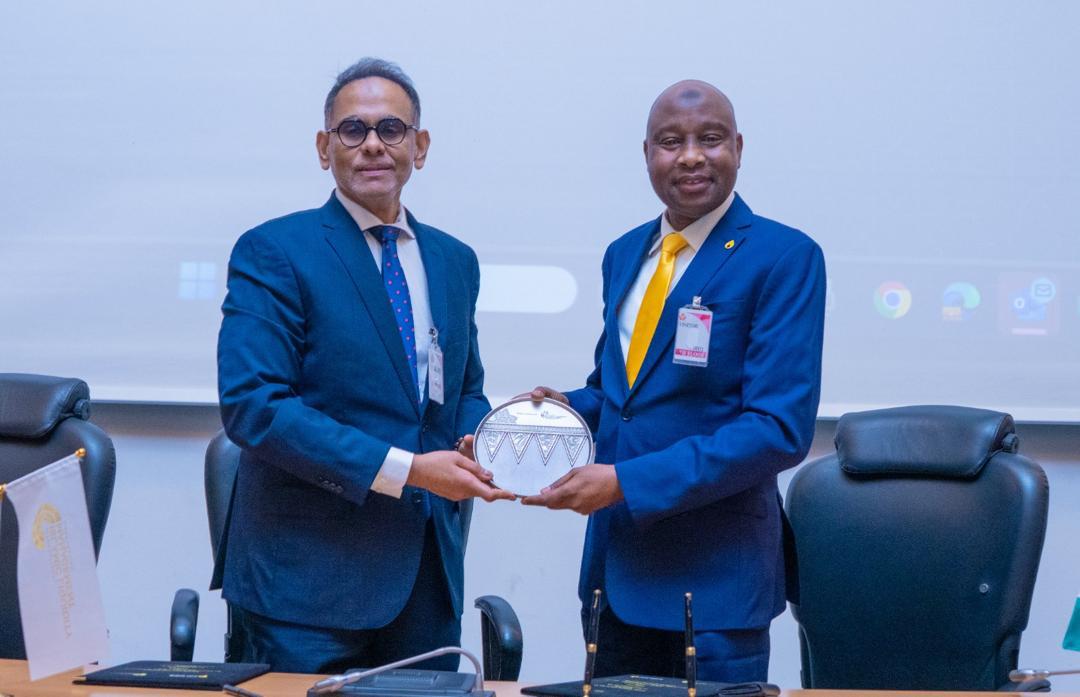Osun State governmen is championing a collaborative programme with the International Institute of Tropical Agriculture (IITA) and private sector that would enhance mechanized agriculture in the state.
This development is expected to boost productivity and move farmers away from unproductive usage of traditional farming implements such as hoes and cutlasses. This in turn will promote commercial agriculture and improve farmers’ income and standard of living.
Governor Gboyega Oyetola made this known in a one-day Farmers’ Field Day exhibition that took place in the state capital, Osogbo, on Wednesday. “Under the partnership with the International Institute of Tropical Agriculture (IITA), the state government has provided 205.5 hectares of land in Ago Owu for the purpose of conducting researches and setting up demonstration farms for best farming practices,” he said.
Oyetola said that the state, under his leadership, is ever ready to support farmers as well as embark on Public-Private Partnerships (PPP) in the agricultural sector. “We will also facilitate the provision of affordable access to farm machinery and equipment for farmers and youths in agriculture,” he added.
He thanked the various institutions that partnered with the state in the past. “Our administration owes a debt of gratitude to our critical development partners, the Central Bank of Nigeria (CBN), IITA, Cocoa Research Institute of Nigeria (CRIN) and National Horticultural Research Institute (NIHORT), and several others who have been very supportive of our dream and drive to take agriculture to the next level”, he said.
Peter Kolawole, head of mechanization unit of IITA, said that the institute is championing the running of a programme called Technologies for African Agricultural Transformation (TAAT) sponsored by the African Development Bank (AfDB). “We are looking at the technologies produced by Nigerians that we can upscale and transform agriculture in Africa. Further we are aiming at taking hoes and cutlasses back to the museum. This will affect both pre-harvest and post-harvest aspects of agriculture,” he said.
Kolawole explained further that there are technology compacts within TAAT, one of which is the “Cassava Compact.” He explained that the process of transformation of cassava entails a lot of wastage, in which over 70 per cent is water. To reduce the transportation of water after cassava harvest, the compact involves moving the technology to the site of harvest where initial stages of processing are embarked upon.









